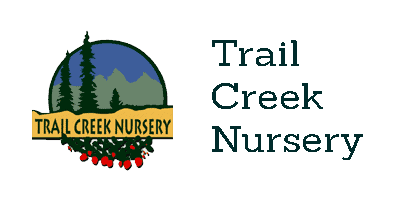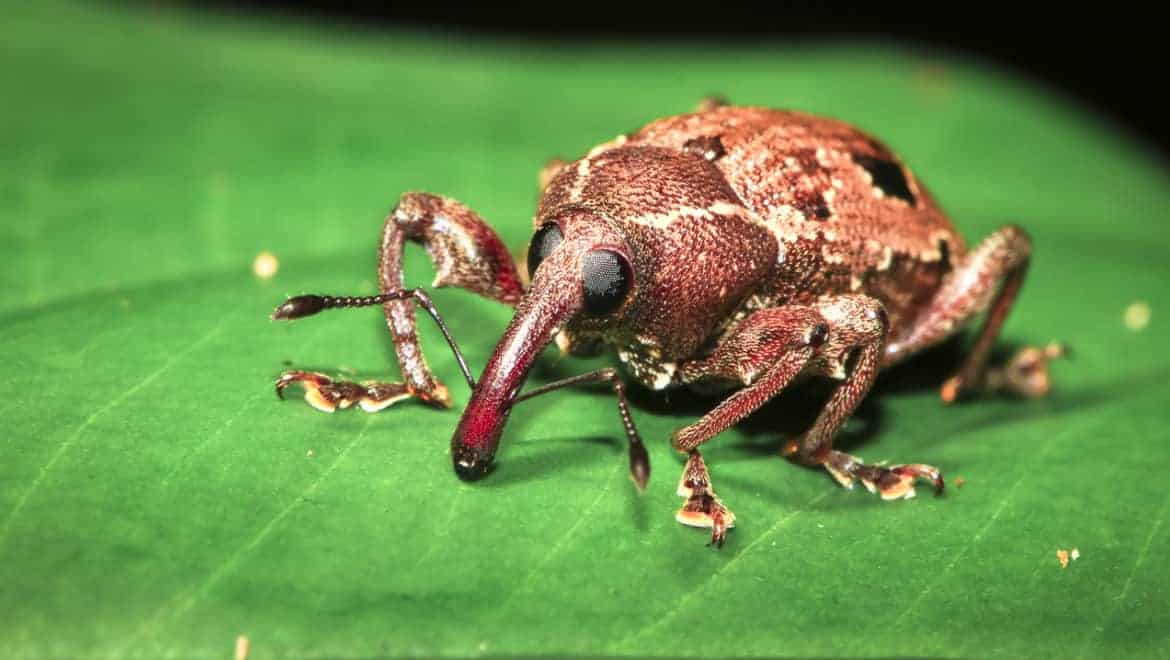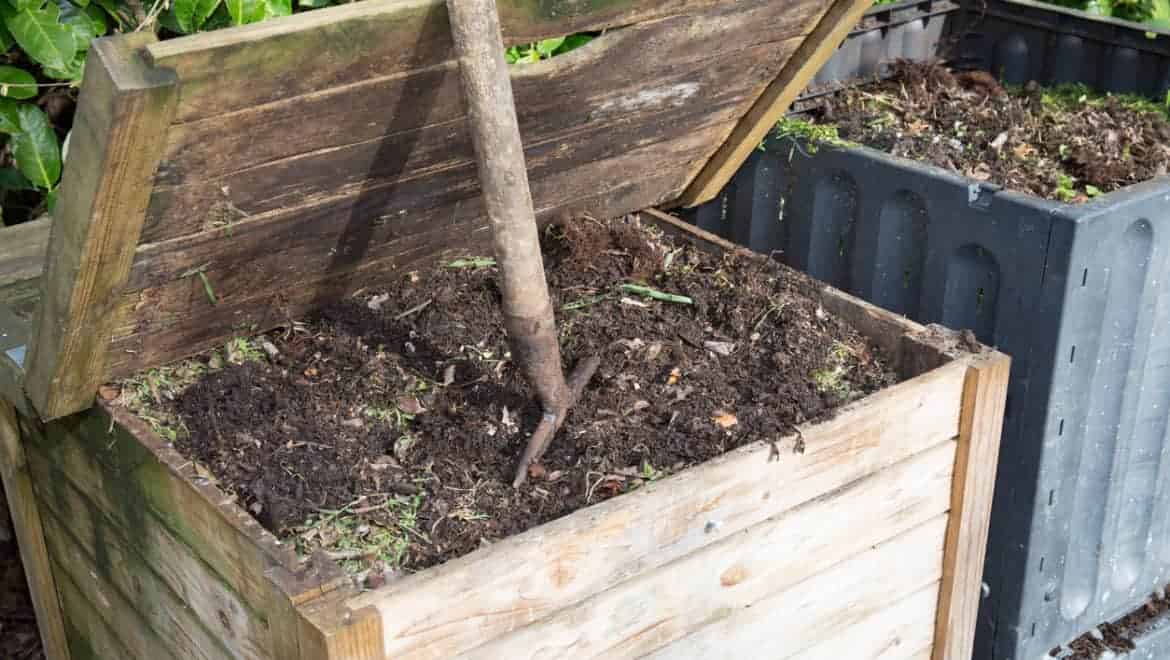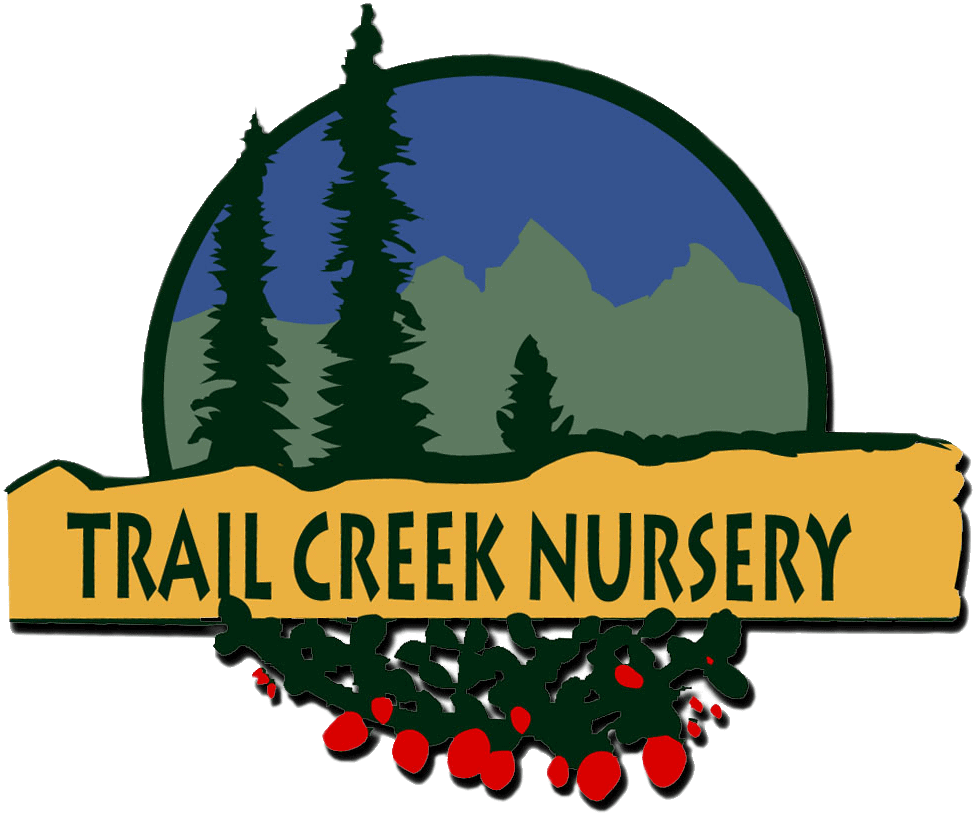Tree Bugs, the White Pine Weevil
One of the most common tree bugs, the white pine weevil, is an insect pest that attacks the top of young (under 25 feet tall) Colorado spruce trees in our area. A tree infested with weevil will have a wilted leader in early summer. Unfortunately, the signs will often go unnoticed until the fall when the needles drop.
Infested trees result in the formation of multiple trunks and bushy-topped trees.
The adult white pine weevil overwinters in the soil underneath the previously infested tree. In the spring, the egg-laying females climb up to the tips of trees usually less than 25 feet tall. The female chews holes in the bark and lays its eggs. The eggs hatch just as the buds are breaking and the larvae feed there’ eventually girdling the stem and causing wilting. Adult weevils chew through the stem and ext the tree in late summer. They briefly feed on the needles and bark before dropping to the ground and taking shelter for the winter.
“We hope that, when the insects take over the world, they will remember with gratitude how we took them along on all our picnics.” Bill Vaughan
Once the terminal leader dies, the side branches will begin going skyward to replace the old leader.
Prune out the dead top and burn the remains to control and prevent further infestation. Be sure that you have cut all of the infected areas by cutting as close to the next row of branches as possible. You can improve the appearance of your tree by training the best remaining side branch to be the new leader. Remove the other competing branches and stake up the replacement leader.
An insecticide needs annual application in the spring just before the buds break, The most effective pesticides are restricted use and are only applied by a licensed applicator. The homeowner safe insecticide, Sevin, used at the recommended rate can also provide control.




